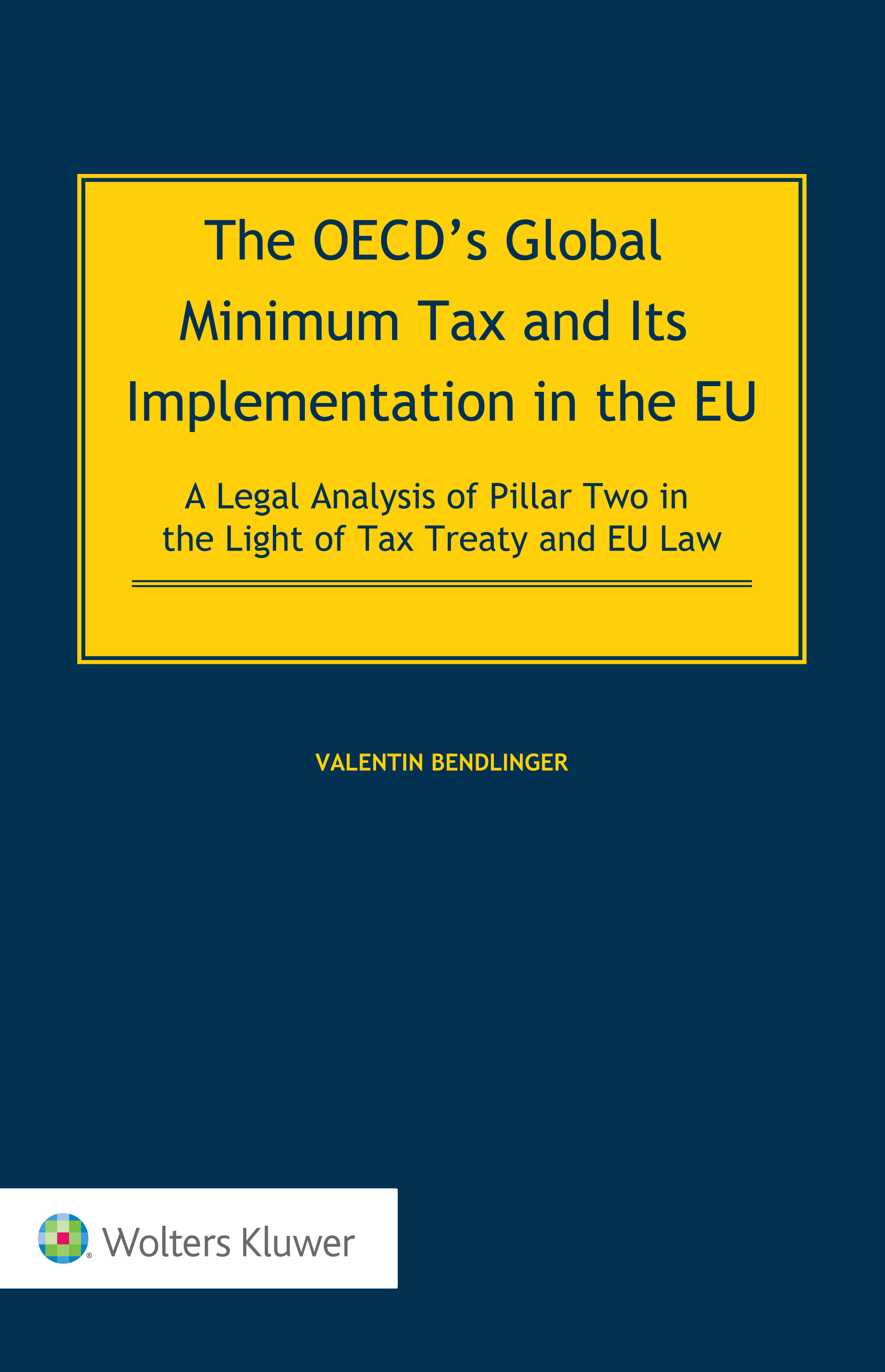- 中图分类号: D93/97
- 语种: ENG
- 出版信息: Kluwer Law International 2023 584页
- EISBN: 9789403533070
- PISBN-P: 9789403532875
- 原文访问地址:
KG评星
知识图谱评星,是一种基于用户使用的评价体系,综合图书的评论数量、引文数量、Amazon评分以及图谱网络中节点的PageRank值(即考虑相邻节点数量和重要性)等多种因素计算而得出的评价数值。星级越高,推荐值越高。CAT核心级
核心学术资源(CAR)项目作为教图公司推出的一项知识型服务,旨在打造一套科学、有效的图书评价体系,并协助用户制定相应的馆藏建设方案。CAR项目调查和分析12所世界一流大学的藏书数据,以收藏学校的数量确定书目的核心级,核心级越高,代表书目的馆藏价值越高。选取核心级在三级以上,即三校以上共藏的图书作为核心书目(CAT)。Rarely in the history of international tax law have there been so many evolutions in such a short space of time: In a dizzying array of reports, work programmes, consultations and announcements, the OECD, with the active support of the EU, has created a framework for a global minimum tax (Pillar Two or GloBE). In the meanwhile, jurisdictions are faced with the practical difficulties of incorporating an incredibly complex set of rules into their domestic legal systems. This book aims to shed light on the fundamental and technical issues surrounding the global minimum tax. It seeks to unravel the complex ramifications of GloBE technical framework and aims to explore the relationship between the OECD soft law materials, including the OECD GloBE Model Rules and the GloBE Commentary, tax treaties and the EU recently adopted GloBE-Directive. The author not only analyses Pillar Two from a technical and a policy perspective but also provides for a comprehensive examination of the compatibility of Pillar Two with tax treaties and EU law. To this end, the analysis also includes practical examples and illustrates solutions to numerous technical and policy issues of Pillar Two. Among the seminal matters covered are the following: History and Background of the global minimum tax discussion. Detailed technical considerations on the design of Pillar Two, including its scope, the determination of both the loBE Income as well as the djusted Covered Taxes and the computation of the effective tax rate as well as the computation and collection of the final op-up Tax liability, including the application of the QDMTT, IIR, and UTPR. Tax policy implications and deficiencies of the final design of Pillar Two. The relation of Pillar Two to the current distribution of taxing rights under bilateral tax treaties. The analysis includes the compatibility of the QDMTT, IIR, and UTPR with existing tax treaties and the resolution of potential normative conflicts, both between tax treaties and domestic implementations of Pillar Two as well as between tax treaties concluded by EU Member States and the EU GloBE-Directive. The role of the GloBE-Directive within the EU legal order, including the issue of EU internal and external competence as well as the substantive compatibility of Pillar Two with primary law, such as the fundamental freedoms. Detailed comparisons between the OECD GloBE Model Rules and the EU GloBE-Directive elucidate common points and deviations. In addition to comprehensive technical considerations, the book also provides a comprehensive tax policy perspective on the global minimum tax. For its unparalleled clarification of the issues alone, this book will prove invaluable to practitioners, tax authorities, policymakers, and academics concerned with the implementation and application of Pillar Two. alentin Bendlinger book is an outstandingly remarkable work on a highly complex topic. The structure, clarity of thinking, and legal argumentation are excellent, and the legal and policy results throughout are profoundly argued. The book successfully ties together broad concepts of international and European (tax) law with highly complex and novel issues of the taxation of multinational enterprises. It should be highlighted that Valentin Bendlinger succeeded in leading the reader from the history and policy through a ungle of unprecedented rules to overarching fundamental issues of how the new taxation framework is to be placed in the international and European legal order. Prof. DDr Georg Kofler, LLM (NYU), Vienna University of Economics and Business.







 京公网安备 11010602104826号
京公网安备 11010602104826号
